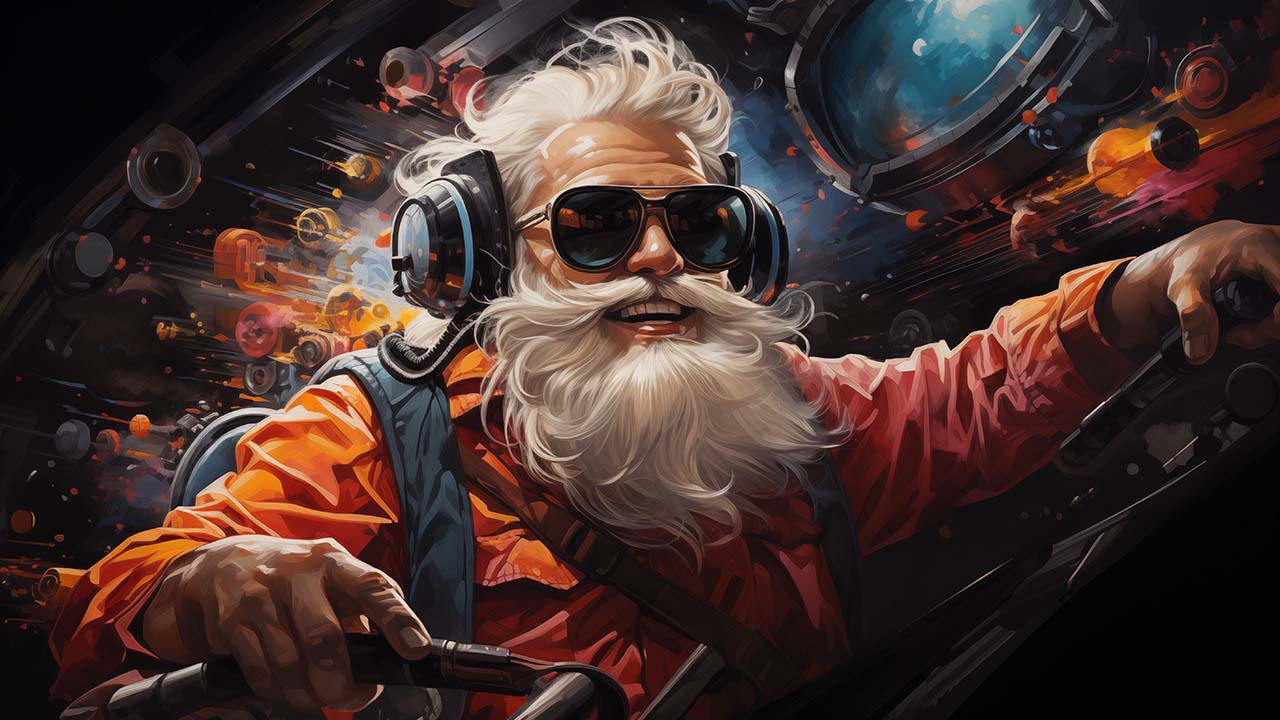
2023 was a busy year for both product announcements and technological development, with AI featuring heavily. Here's the first of our 2023 retrospectives, looking back at January to February.
Panasonic announces the S5II and S5IIX
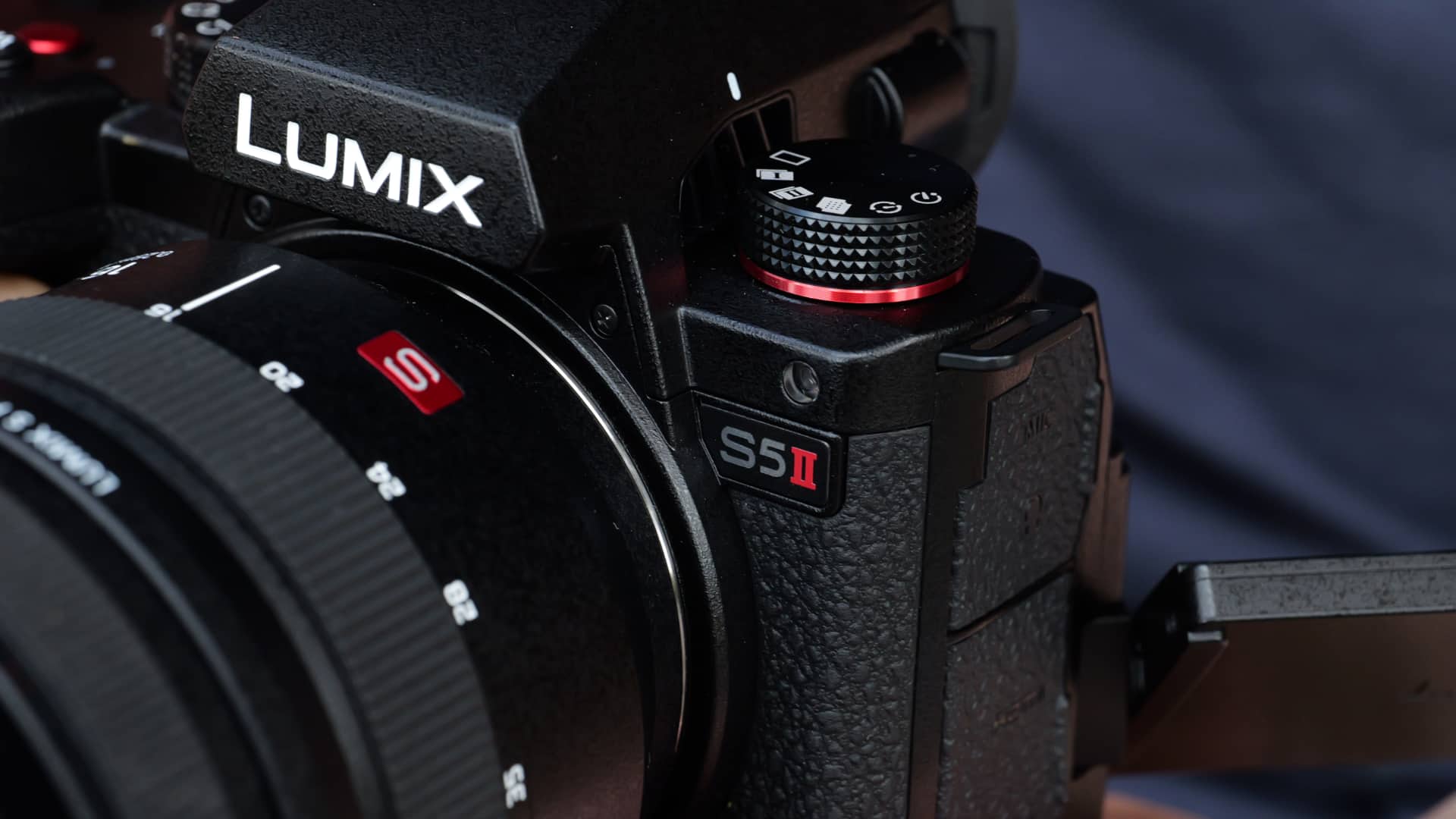
No sooner had the Christmas and New Year celebrations finished than Panasonic fired the starting pistol for 2023 with the announcement of the S5II and S5IIX. The two cameras were, naturally, successors to the S5, and they contained some significant upgrades from the previous model.
For a start, the range was split up much like the original S1 and S1H models, with one model focussed more on stills, while the “X” model was designed to be a video powerhouse. Not only did Panasonic finally make the move to phase detect autofocus on both models, making auto video shooting much more reliable, but it also added ProRes recording to the S5IIX to an external SSD.
Simon Wyndham wrote of the S5II during review, “The image quality from the Lumix cameras has always been some of the best out there, and in combination with the better focus system and the comparatively lower price (currently £1,999 - £2,018 for the body) vs some competitors, the S5II is one to seriously consider.”
Sony’s Spacial Reality display
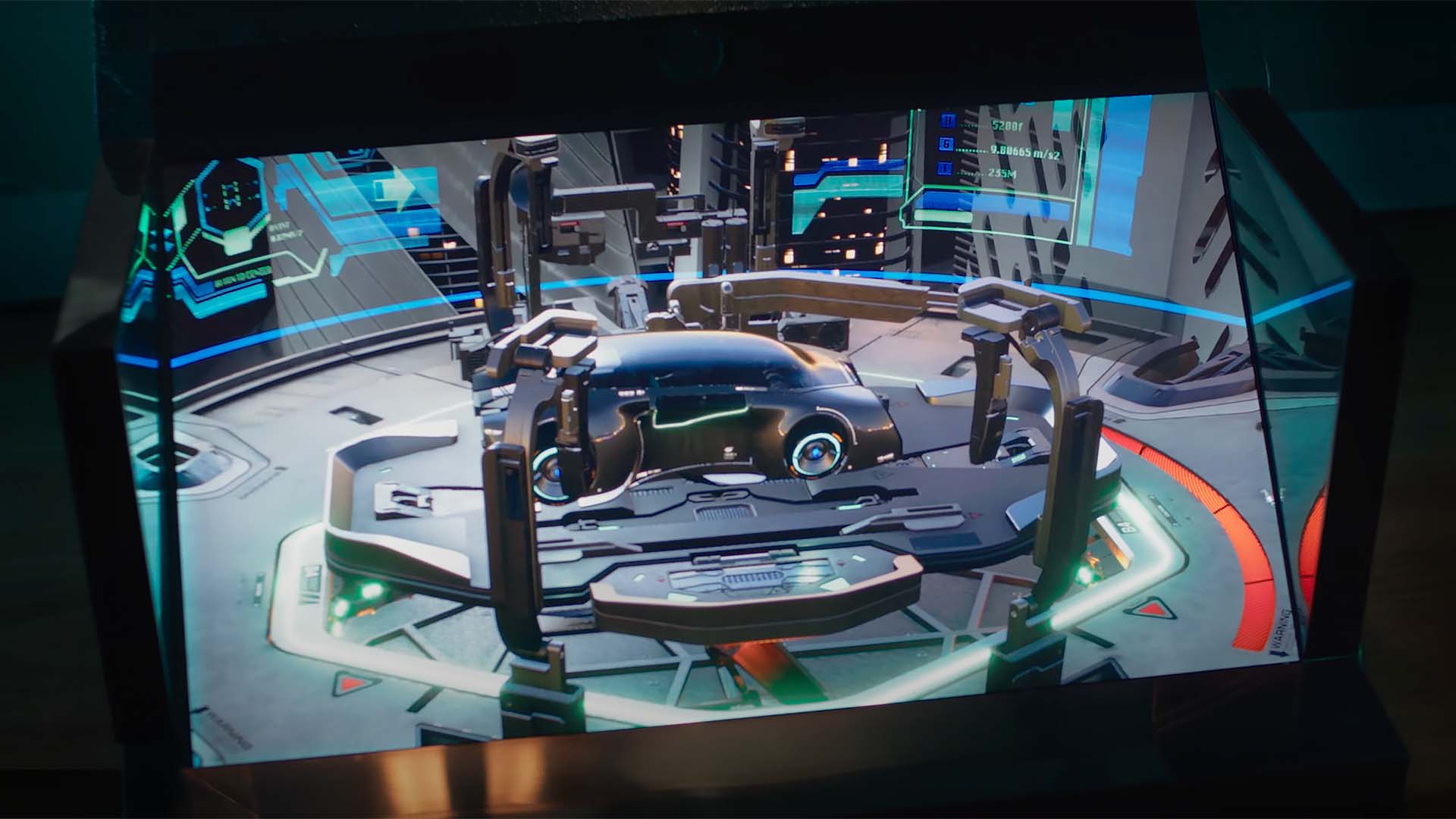
Meanwhile, with CES in full swing Sony announced its new 27” Spacial Reality Display along with portable volumetric capture.
The 27” Spacial Reality Display was a new larger model of a device that Sony had initially announced in 2020. The system allows viewers to look into a 3D world without the need for any special glasses or additional hardware. 3D artists and prototypers are able to ‘look around’ objects as if they exist in real space. Although the display isn’t holographic (we’re still waiting for that Holy Grail), it’s the closest it’s possible to come to that right now.
Sony’s portable volumetric capture system was equally interesting. The system provides high resolution 3D capture of an environment or object in realtime with extremely high degrees of detail. Uses include the ability to capture a music artist in realtime and create a virtual concert within the metaverse. Capture can be performed quickly, with the system being ready to go within an hour of arriving on set or location.
Arm, Qualcomm, and the open source future of the CPU
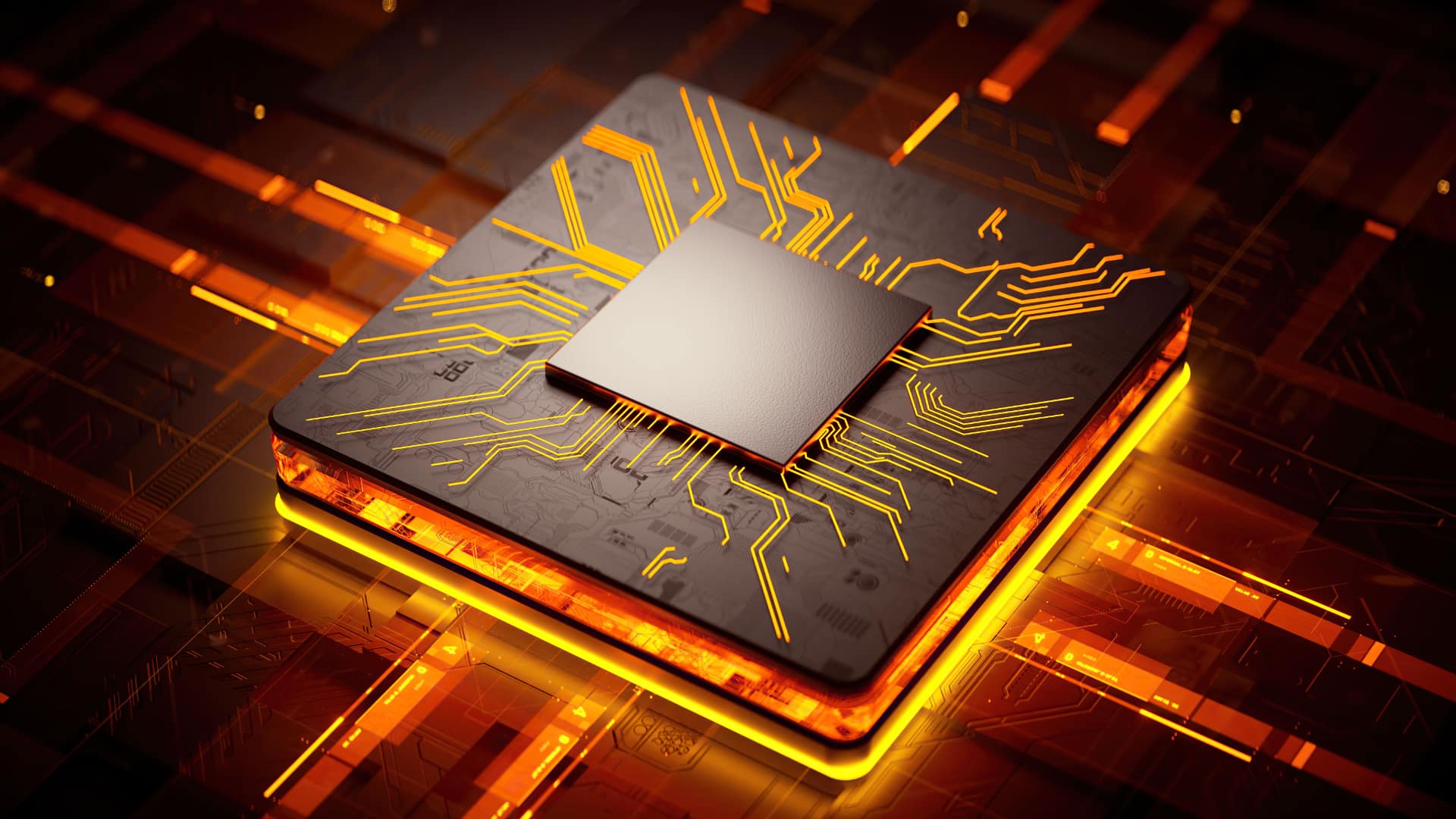
In the world of computer chips, all was not rosy. Arm and Qualcomm were embroiled in court action. The tldr of the case being that Arm felt that Qualcomm, which acquired Nuvia in 2021, should pay higher royalties or stop using its technology without permission. Arm believes that Qualcomm breached licensing agreements by continuing to develop custom cores after the two giants failed to negotiate a new deal over the technology’s use. The case is still very much ongoing now, with a trial date set for Sept 2024. Phil Rhodes speculated that the real reason for the spat might have had something to do with the Qualcomm’s development of RISV-V.
He wrote of the disagreement, “Underlying all this is one of those creations of business politics that’s absolutely nothing to do with technology and is almost too dull to consider in detail. The gist is that Qualcomm has long licensed things from Arm, and Nuvia had done likewise, and that when Qualcomm purchased Nuvia, the two companies began combining ideas without revisiting any of their agreements with Arm, which Arm felt was insufficient.
“…Whether RISC-V will lead us into the sunlit uplands of a high-quality, open-source ISA, remains to be seen. If there’s one important conclusion that we can reasonably draw from this, it’s that the multi-decade incumbency of x86-derived CPUs is under serious assault on multiple fronts.”
Trouble ahead for AI: The first of the big lawsuits start here

Things were not so rosy in the land of AI, either. With ChatGPT constantly making headlines, AI image generators came into the firing line from Getty Images. The stock image giant launched a lawsuit against Stability AI, the creators behind Stable Diffusion over unauthorised use of its library to train the AI system.
Getty Images said in a press release at the time, “It is Getty Images’ position that Stability AI unlawfully copied and processed millions of images protected by copyright and the associated metadata owned or represented by Getty Images absent a license to benefit Stability AI’s commercial interests and to the detriment of the content creators.”
AI image generators need a lot of data to be trained, with Stable Diffusion reportedly processing over 2.3bn images. In addition to the Getty lawsuit, a group of artists also launched their own lawsuit against Stability AI and Midjourney. But, as Simon Wyndham explained, tech lawsuits are fraught with problems, not least of which is making them understandable to a judge. Simon wrote, “Tech lawsuits like this are fraught with potential problems, simply because it all has to be explained to, and understood by, a judge. We all know how a certain lawsuit by one big tech firm against one big camera firm went a few years back. And much of that decision hinged on the tech firm, Apple, perhaps not explaining things as thoroughly as it could have. When even the creators of some AI systems are not sure how their own creation is working, you can see the problems that are created.”
Shutterstock introduces AI image creation

AI continued to make the headlines when Shutterstock introduced its own AI image generation system, powered by DALL-E. Shutterstock would appear to be the perfect place to feature AI image generation, due to the fact that you can’t always get a stock image of what you need. Furthermore, by using the system on the Shutterstock site, you are assured that the images are being generated ethically, with artists for who’s images have been used to train the AI receiving royalties.
Canon adds to expanding mirrorless lineup with EOS R8 and EOS R50
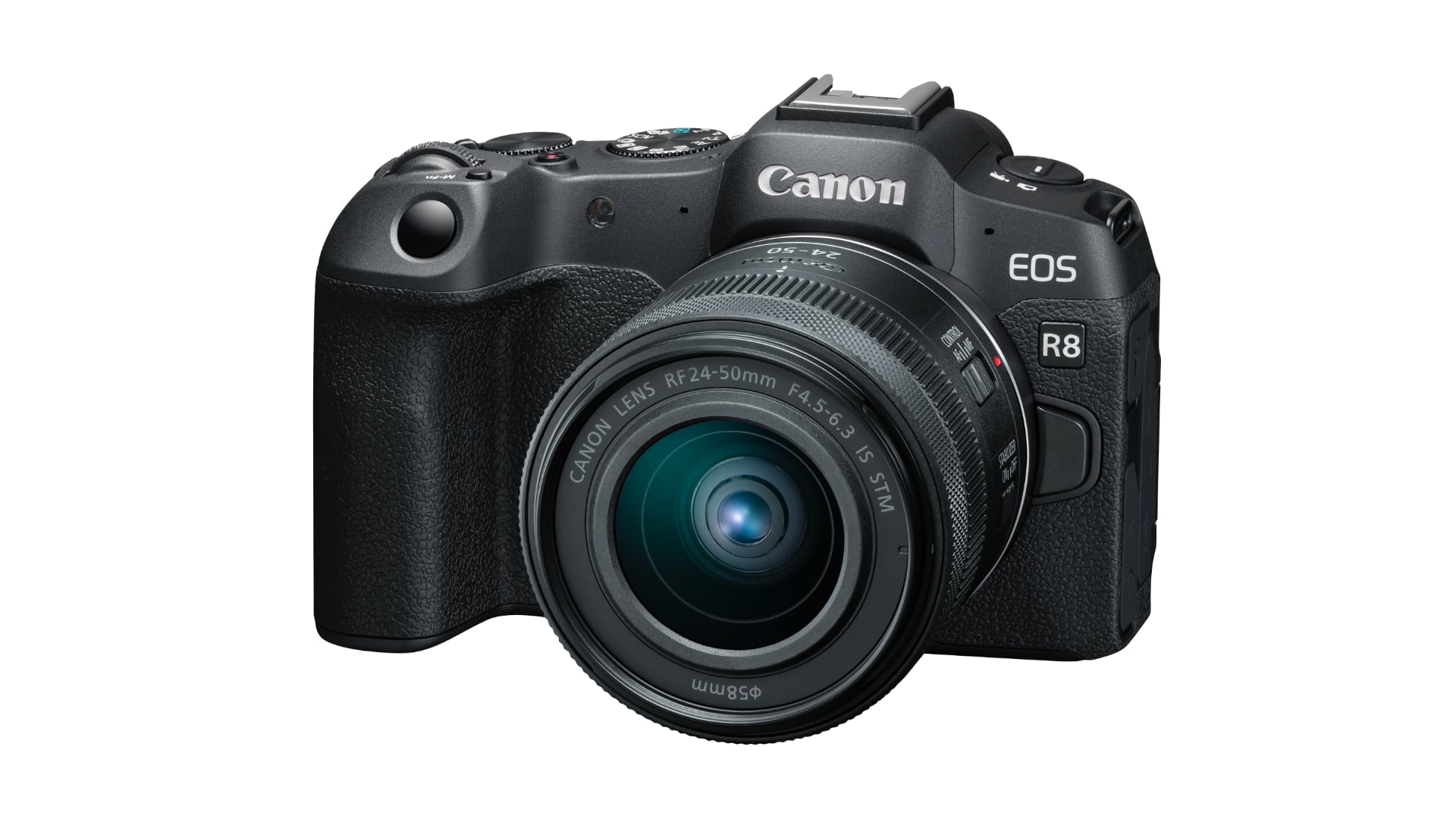
Meanwhile, Canon decided to release two new mirrorless cameras, the R8 and the R50. Both cameras were aimed at the more budget conscious ends of the market, with the R8 featuring a 24.2MP full frame sensor, and the R50 featuring an APS-C sized sensor with the same resolution.
The R8’s top features included a high ISO204,800 capability, along with 40fps burst shooting using the electronic shutter mode. A 30fps raw mode also featured, which could capture images 0.5 seconds before the shutter button has been pressed. Psychic cameras? Whatever next?
Tags: Production History


Comments